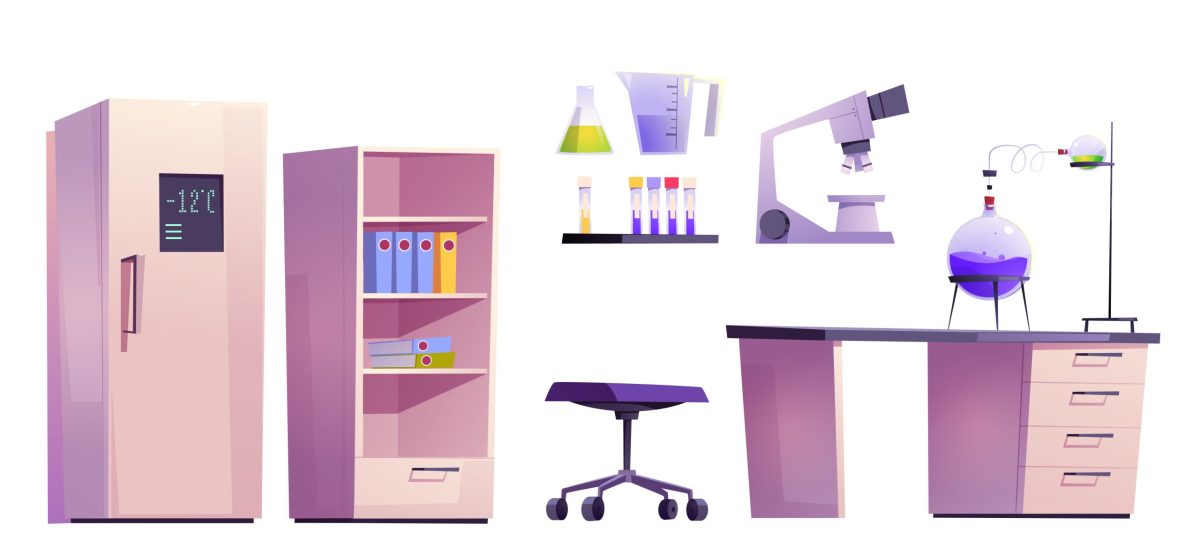Scientific equipment plays a pivotal role in the field of research and discovery. It serves as the backbone of any laboratory, enabling scientists and researchers to conduct experiments, analyze data, and draw meaningful conclusions that can be found on https://safrole.com/. From microscopes to spectrometers, these tools empower us to explore the mysteries of the universe and unravel the intricacies of life itself.
Importance of High-Quality Scientific Equipment
Investing in high-quality scientific equipment is crucial for accurate and reliable results. The precision and reliability of these instruments directly impact the quality of research outcomes. Inferior equipment can lead to faulty data, skewed results, and compromised experiments. By choosing reliable and reputable brands, scientists can ensure that their findings are trustworthy and can withstand scrutiny.
Moreover, high-quality scientific equipment enhances efficiency and productivity in the laboratory. These tools are designed to perform specific tasks with precision, saving valuable time and effort. With advanced features and cutting-edge technology, they streamline processes and enable researchers to focus on the scientific aspects of their work.
Different Types of Scientific Equipment
Scientific equipment encompasses a vast array of tools, each serving a unique purpose. Microscopes, for instance, enable scientists to observe and study objects on a microscopic level. They come in various forms, such as light microscopes, electron microscopes, and confocal microscopes, each catering to different research needs.
Spectrometers, on the other hand, are used to analyze the composition of substances by measuring the interaction between light and matter. These instruments play a vital role in fields such as chemistry, biology, and physics, helping scientists identify and quantify elements present in a sample.
Other essential scientific equipment includes centrifuges, incubators, balances, and pipettes. Each of these tools serves a specific function, contributing to the overall efficiency and accuracy of experiments.
Essential Laboratory Equipment for Different Scientific Disciplines
Different scientific disciplines require specific laboratory equipment to conduct experiments and gather data effectively. In the field of chemistry, for example, glassware such as beakers, flasks, and test tubes are indispensable. These containers allow for precise measurements, mixing of substances, and chemical reactions.
Biologists heavily rely on microscopes, both light and electron, to observe and analyze cells, tissues, and organisms. They also utilize specialized equipment like flow cytometers and PCR machines for DNA analysis and genetic research.
In physics, equipment like oscilloscopes, spectrometers, and lasers are essential for conducting experiments and measuring physical phenomena. These tools enable physicists to study light, electricity, magnetism, and other fundamental aspects of the universe.
Maintenance and Calibration of Scientific Equipment
To ensure accurate results and prolong the lifespan of scientific equipment, proper maintenance and regular calibration are crucial. Each instrument requires specific care and attention, and manufacturers usually provide guidelines for maintenance.
Cleaning is an integral part of equipment maintenance. Dust, debris, and other contaminants can affect the performance and accuracy of instruments. Regular cleaning with appropriate cleaning solutions and techniques helps keep the equipment in optimal condition.
Calibration is the process of adjusting and verifying the accuracy of scientific instruments. It involves comparing the measurements of the equipment to a known standard. Regular calibration ensures that the equipment remains accurate and reliable over time.
Safety Precautions When Using Scientific Equipment
Safety should always be a top priority when working with scientific equipment. Many laboratory tools and substances can be hazardous if mishandled or used improperly. It is crucial to follow safety protocols and guidelines to minimize the risk of accidents and injuries.
Wearing appropriate personal protective equipment, such as gloves, lab coats, and safety goggles, is essential to protect against chemical spills, splashes, and other potential hazards. Additionally, proper ventilation and fume hoods should be in place to prevent exposure to toxic fumes and chemicals.
Furthermore, understanding the specific safety requirements of each instrument is vital. Some instruments may generate heat, require electrical connections, or emit radiation. By adhering to safety guidelines and using equipment as intended, researchers can mitigate risks and ensure a safe working environment.
Conclusion
Scientific equipment forms the backbone of any laboratory, enabling researchers to unlock the secrets of the natural world. By investing in high-quality instruments, scientists can ensure accurate and reliable results while increasing productivity and efficiency. Different scientific disciplines require specific equipment to conduct experiments effectively, and proper maintenance and calibration are crucial for long-term performance. Above all, prioritizing safety when using scientific equipment is essential to create a secure working environment.
As we continue to push the boundaries of scientific knowledge, the potential of laboratory essentials remains limitless. By harnessing the power of these tools, we can delve deeper into the mysteries of the universe, uncover groundbreaking discoveries, and pave the way for a brighter future.


 Home
Home









